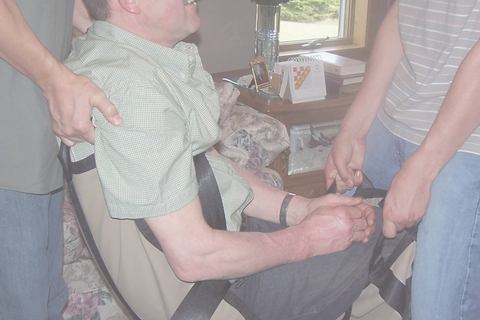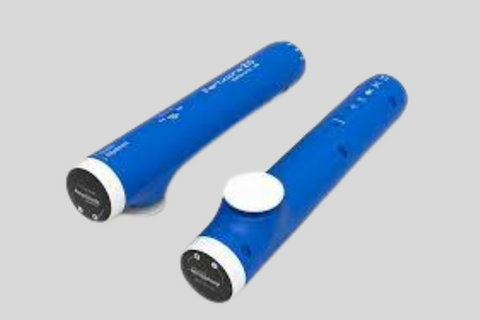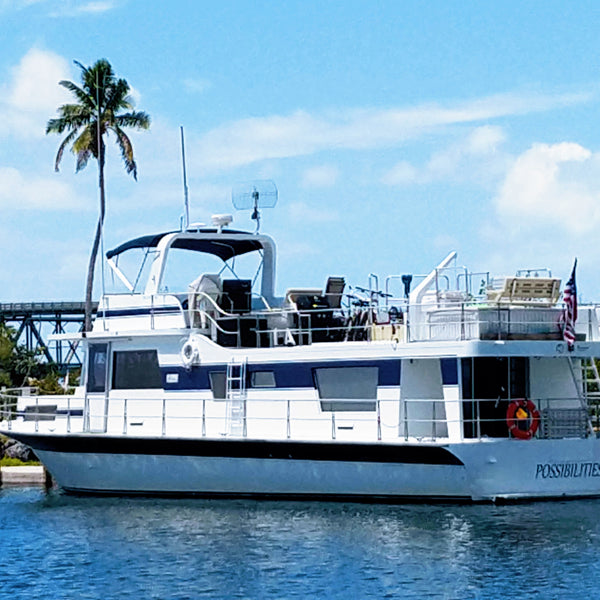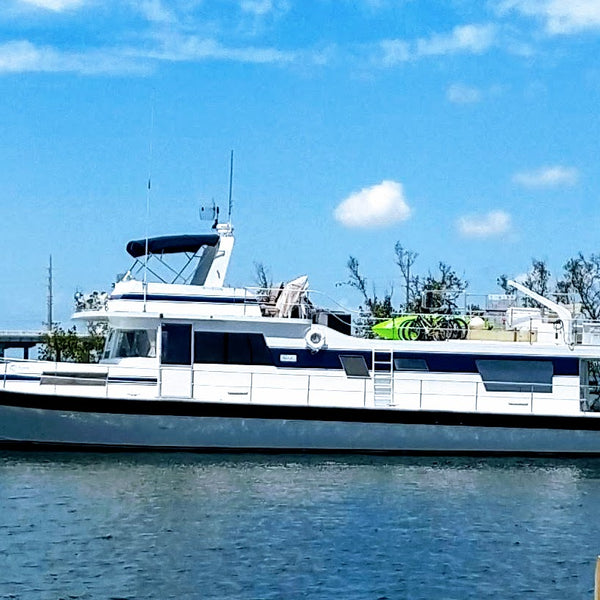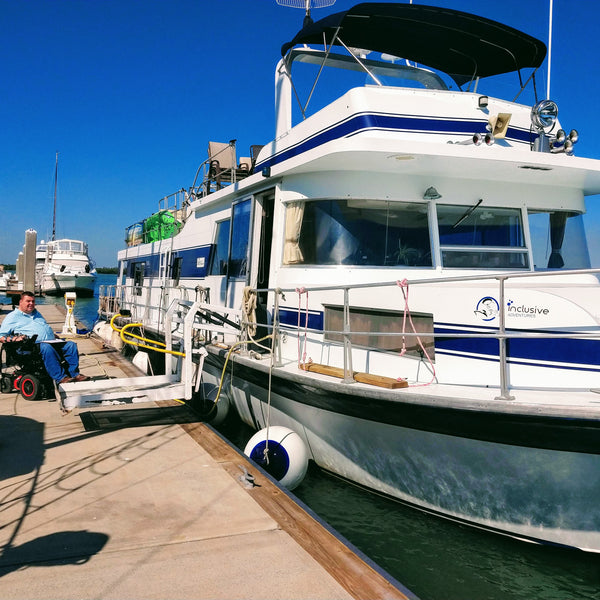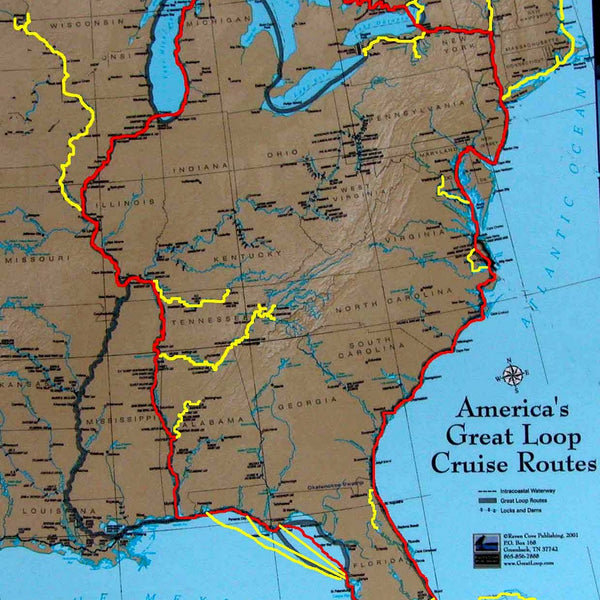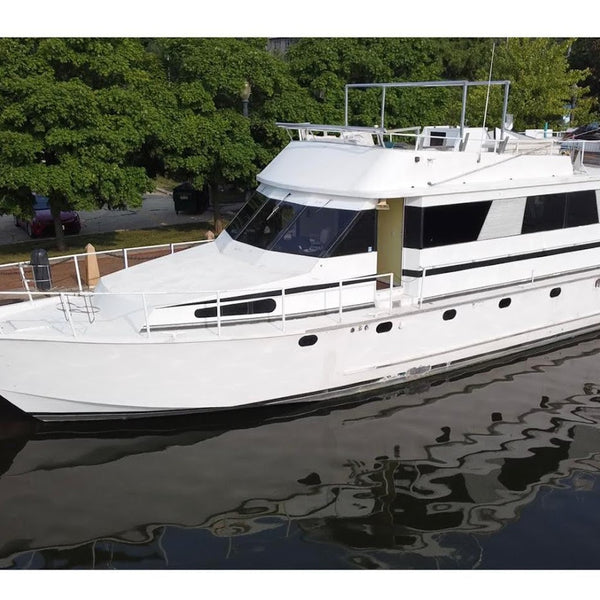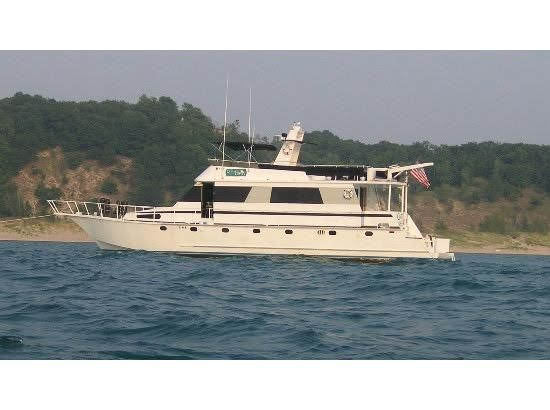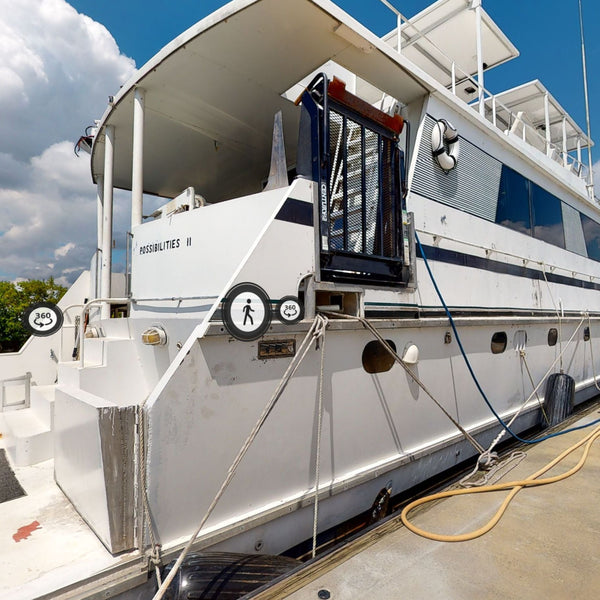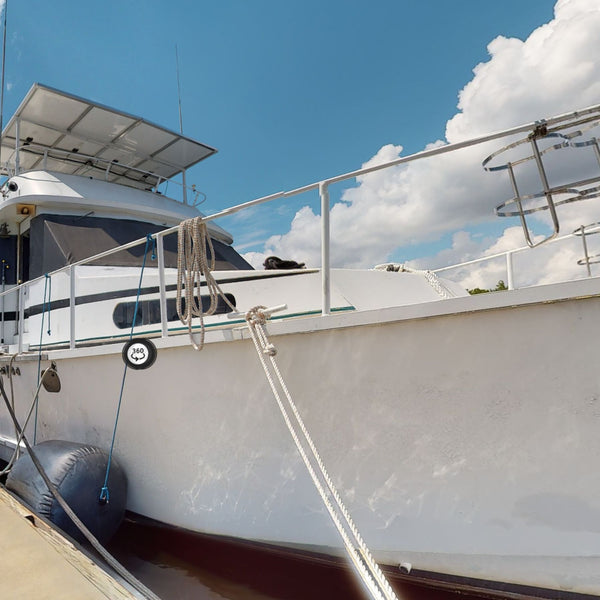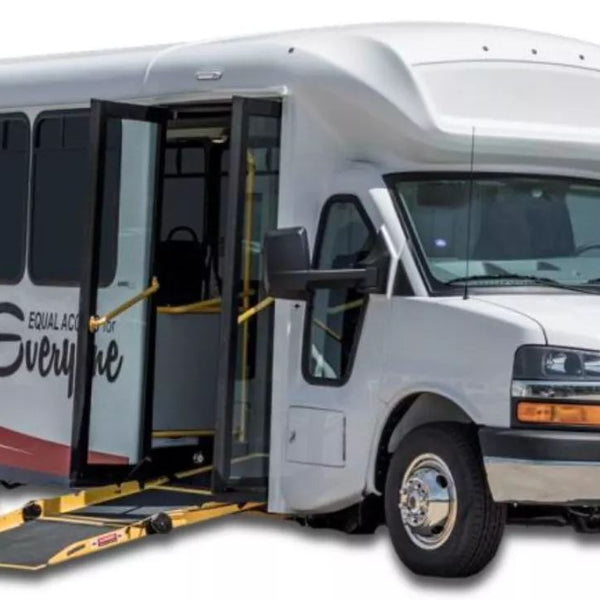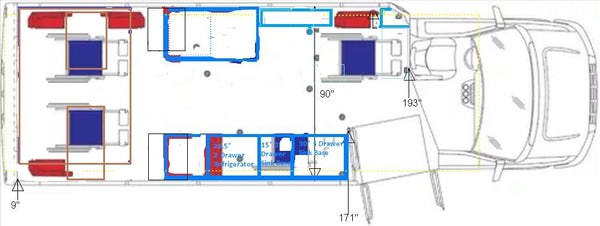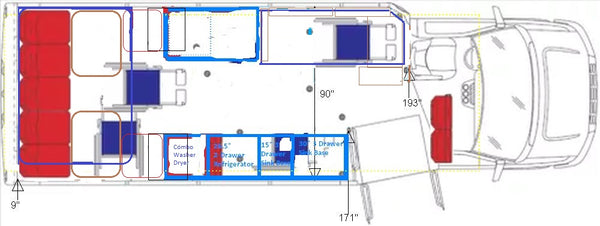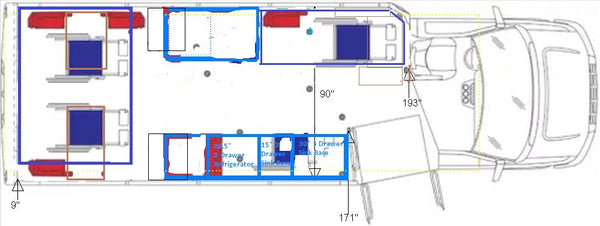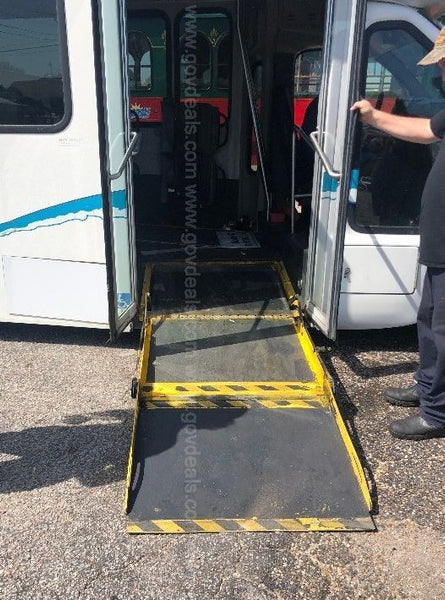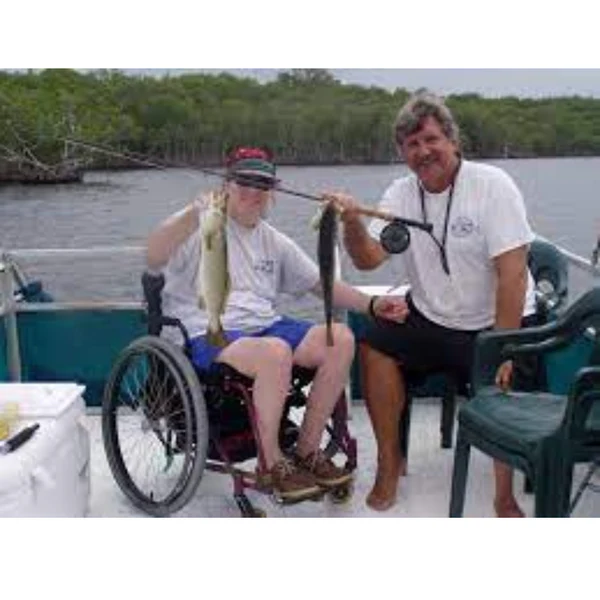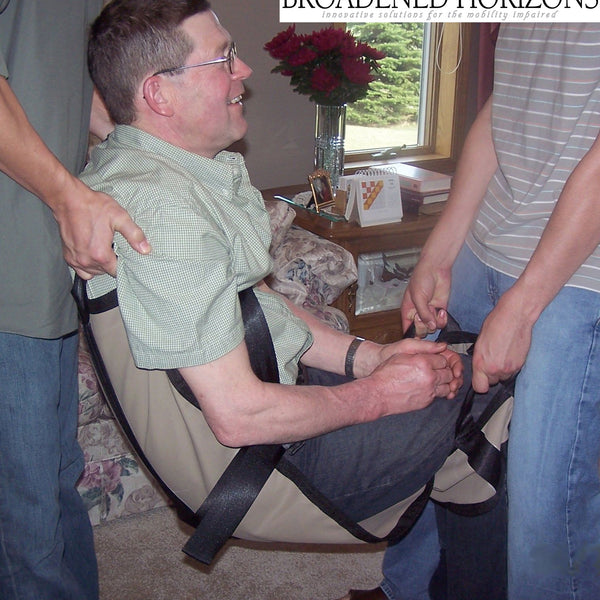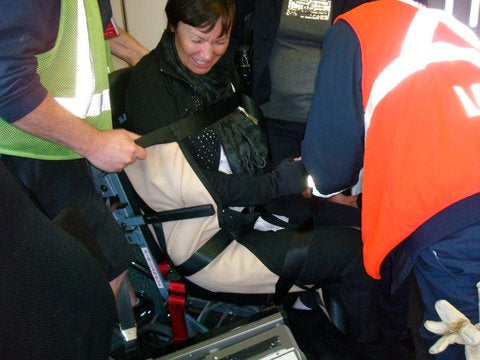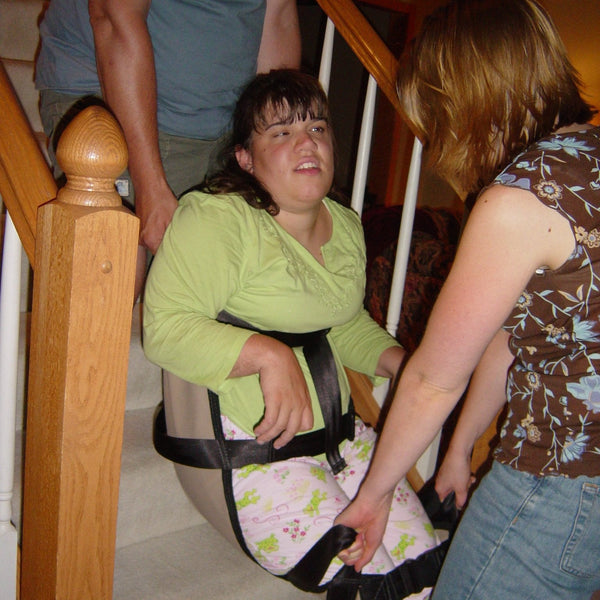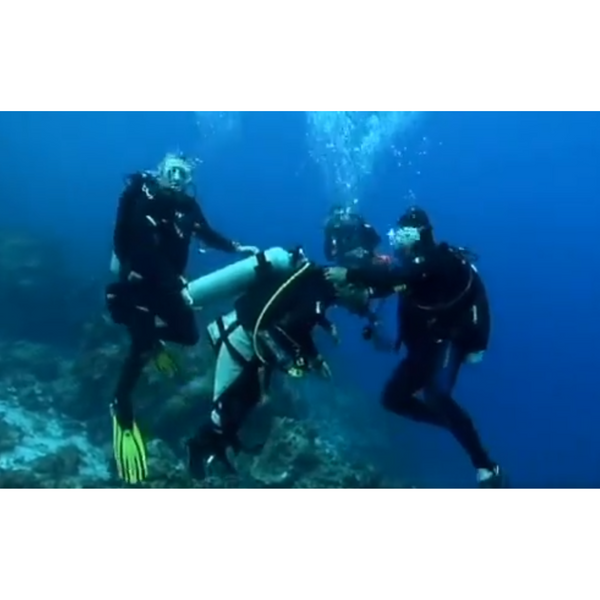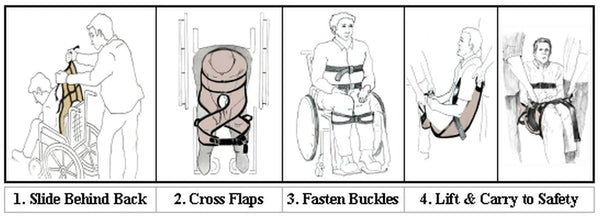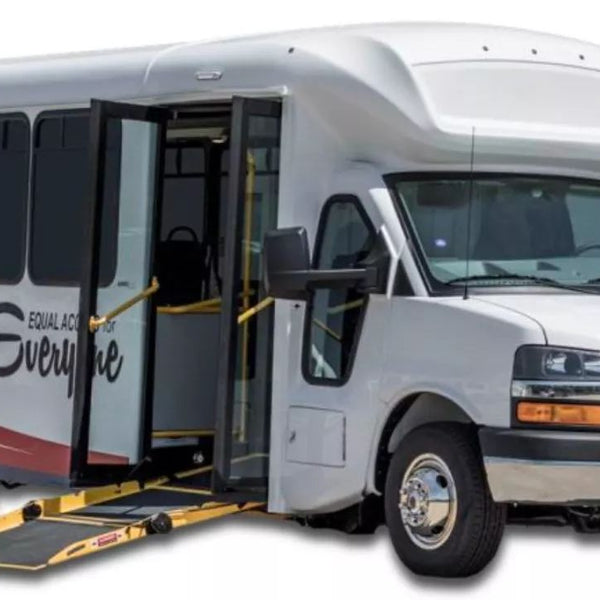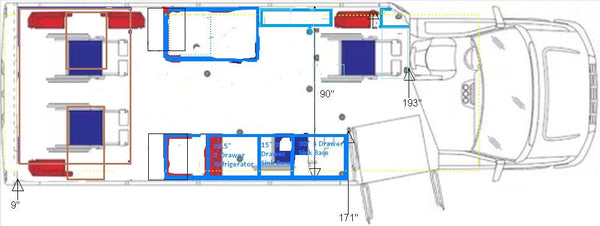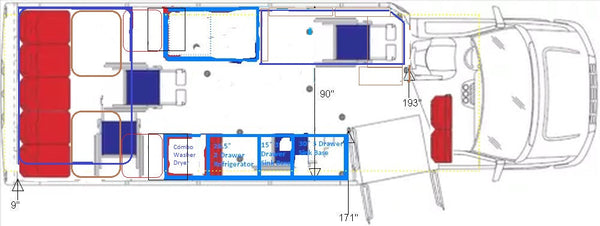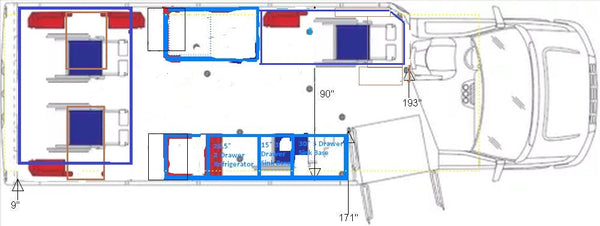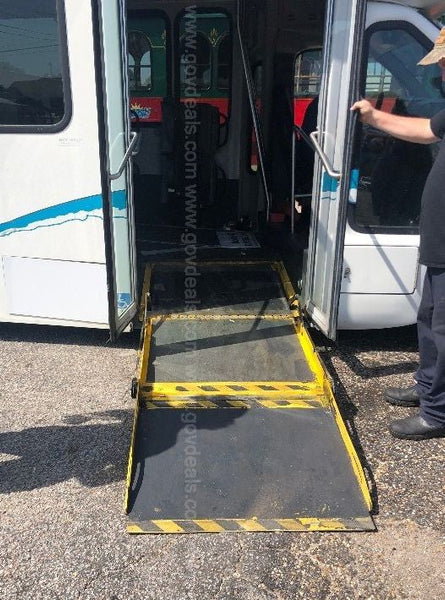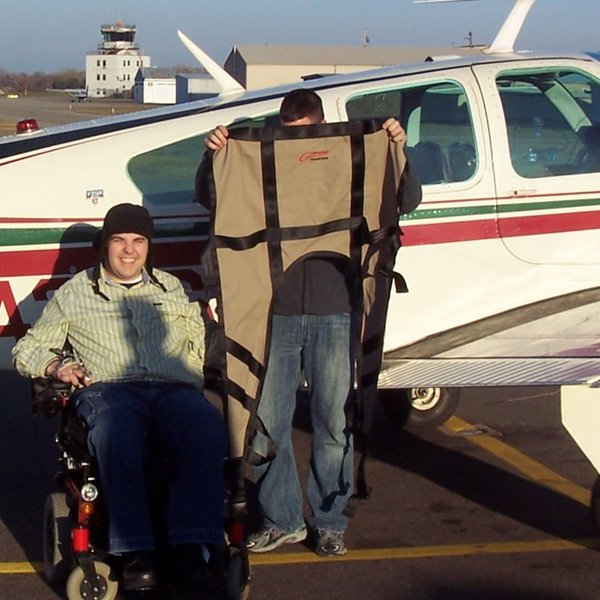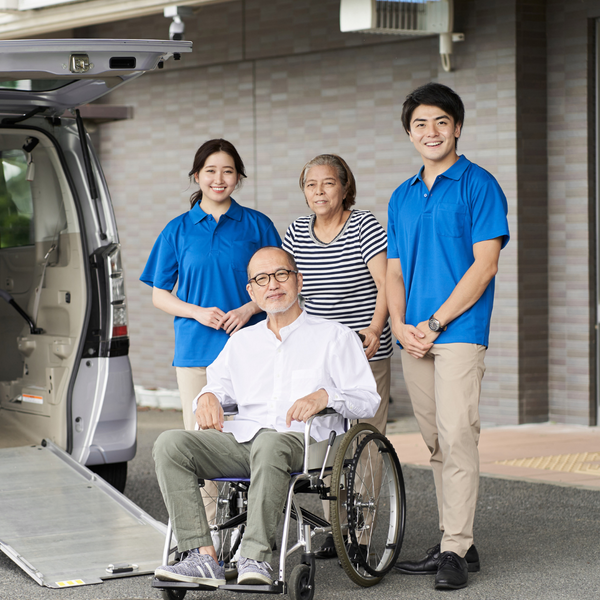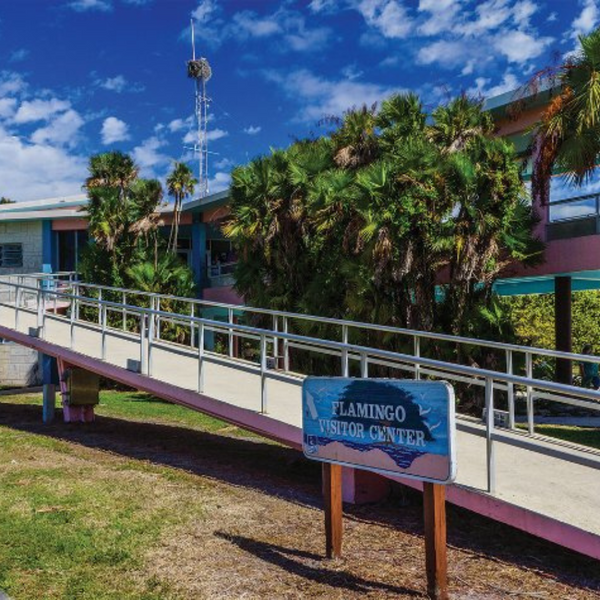I have concluded, at time of writing this plane is probably the best Light Sport Aircraft for wheelchair users simply with its larger cargo carrying capacity for a folding wheelchair behind the backseat (either manual or very light travel power chairs). Broadened Horizons, President Mark Felling hopes to work with Paradise to improve their hand control designed to make it more universal and work for pilots with limited hand dexterity also. A more universal design benefits all pilots providing less fatigue, better ergonomics, and improved ease-of-use. If this interests you, please share your comments or to request additional information which will help provide greater motivation for the factory to dedicate time and resources to making these improvements!

Wings for a Wheelchair article in Plane and Pilot Magazine
Dylan Finds Paradise - Sport Pilot
Noe’s Arc
Paulo Oliveira and Noe (pronounced “Noah”) Oliveira, although unrelated, are longtime friends and partners in the Paradise enterprise. Paulo and son Chris Regis run the U.S. distributorship, Paradise USA (www.paradiseaircraft.us), in Sebring. Noe designed the P1.
When Dylan asked Paradise about a hand controller, Noe’s ears perked right up. “He’s a creator,” says Paulo. “He thrives on a challenge—that’s his bag.”


So eagerly did Noe tackle the project, that—in spite of his other duties wrangling Paradise Brazil—he designed, built, tested and delivered the modifications in three short months!
“The most important thing for us,” says Paulo, “was the smile on Dylan’s face. He test-flew it, made some final adjustments and flew it home with his instructor.”
 |
 |
 |
| Noe Oliveira tailored Dylan Redd’s Paradise P1 to fly with hands-only controls. The split brake lever pivots up from the floor (far left) and the console-mounted T-handle (middle) controls the nosewheel, rudder and throt | ||
Was it difficult to design a hands-only control system? “Not really,” says Noe. “I feel very proud and happy to have created something that could make a lot of pilots happy.”
I ran my hands over the shiny carbon-fiber weave of the console-mounted T-handle and asked how the system works.
“Dylan requested the T-handle on his right instead of the left,” recalls Noe. “The T-handle has two functions: Move it forward for nosewheel right; pull backward for nosewheel left. The same movements work the rudder in flight. The top part of the T-handle controls throttle. Twisting clockwise accelerates, counterclockwise decelerates. So you have two movements in one control. There’s also a PTT on the handle for radio.”
Had I heard wrong? Wouldn’t moving forward/back for throttle and twisting left/right for rudder, like a home flight-simulator joystick, be more natural? I asked Dylan to confirm the setup. “No, that’s right,” he replied. “Although, now that you mention it, maybe it would have made more sense to move the handle left and right for rudder!” The important thing is the young man is adapting just fine.


